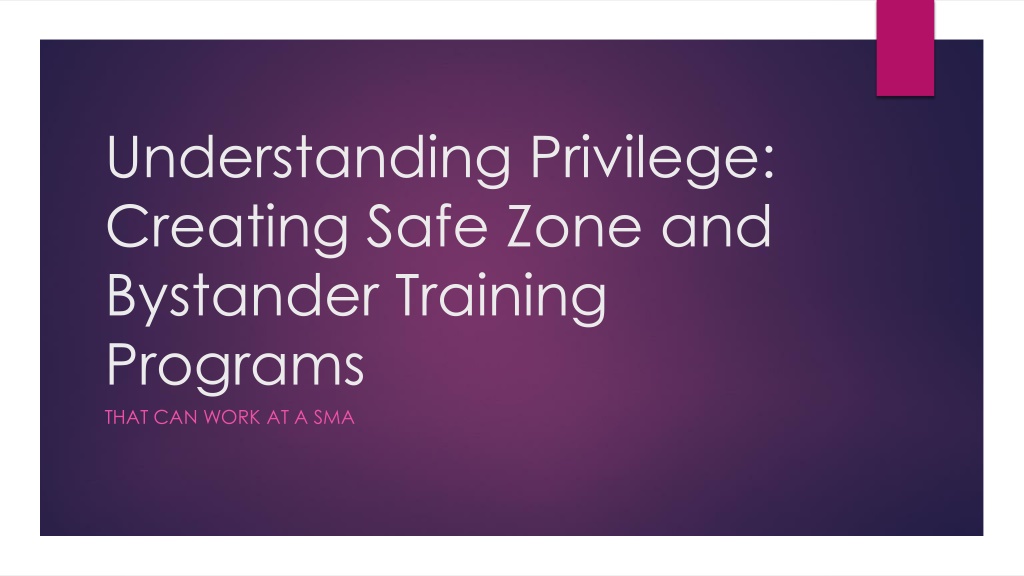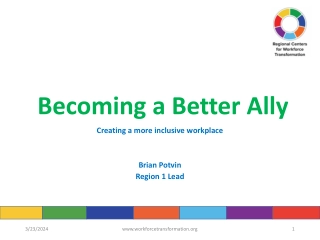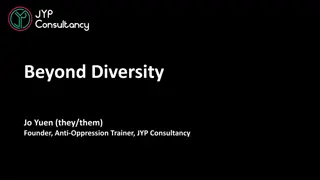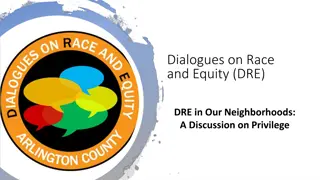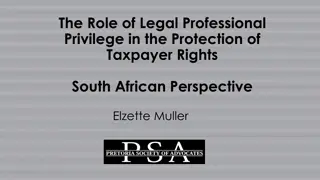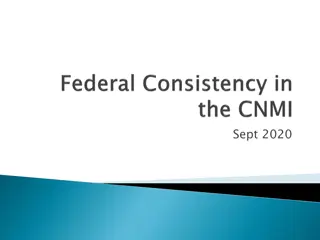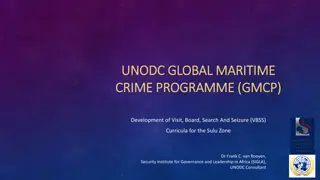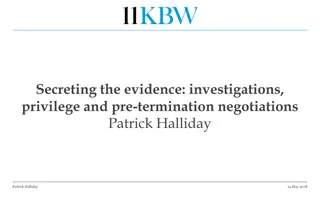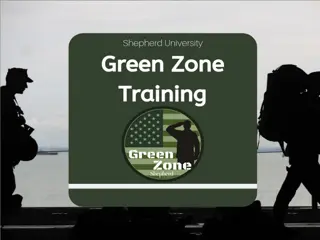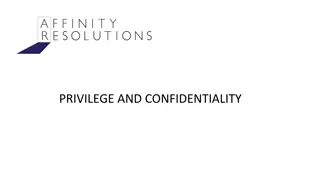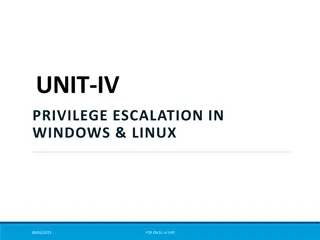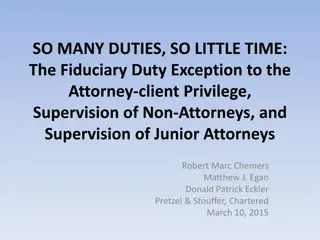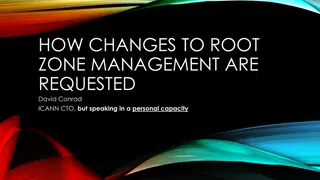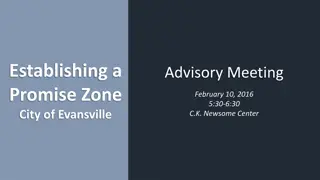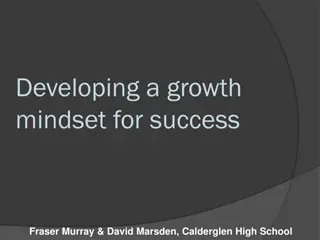Understanding Privilege and Creating Safe Zone Programs at SMA
Creating safe spaces and bystander training programs at SMA involves launching interventions, ally programs, and understanding campus-wide privilege. The agenda includes sharing resources, discussing campus climate challenges, and promoting collaboration. Introductions highlight key personnel. Outcomes include improved diversity training practices and fostering a collaborative environment for better student support. Challenges arise from adapting programs to SMA's unique culture.
Download Presentation

Please find below an Image/Link to download the presentation.
The content on the website is provided AS IS for your information and personal use only. It may not be sold, licensed, or shared on other websites without obtaining consent from the author. Download presentation by click this link. If you encounter any issues during the download, it is possible that the publisher has removed the file from their server.
E N D
Presentation Transcript
Understanding Privilege: Creating Safe Zone and Bystander Training Programs THAT CAN WORK AT A SMA
Agenda Initial approach to launching Bystander Intervention and Safe Zone Ally programs and lessons learned. Rationale for understanding campus-wide, focused training on privilege and culture change. Overview of revised training plan Sharing of resources Audience discussion of SMA campus climate challenges and opportunities and successful programs.
Introductions Elizabeth True, VP for Student Affairs and Enrollment Management and Title IX Coordinator elizabeth.true@mma.edu Amanda Nguyen, Interim Director of Residential Life and Student Services amanda.nguyen@mma.edu Hannah Chisholm 16 John Amendola 15
Outcomes Broader understanding of how campus culture affects students ability to engage in training on diversity topics Sharing of best practices Opportunity for staff at SMAs to collaborate across campuses to facilitate better training for students Reminder that we are ALWAYS learning
Maine Maritime Academy Culture Male majority in student body Fear of raising women s issues and being treated differently Lack of traditional student activities Lack of racial diversity/remote area Comparative lack of awareness of cultural sensitivity issues Regimental culture Hypothesis more conservative student body? Accurate or not? Paternalistic/big brother mentality I don t see color (gender, sexual orientation)
Student Affairs Assumptions Students understood the concept of privilege and accepted their own Students had prior experience with diversity/sensitivity training MMA Students held more conservative opinions on diversity issues than would be expected in a college population Women and students from other underrepresented groups were comfortable challenging prejudicial treatment Male students understood the challenges for women on a majority male campus We were wrong on ALL counts!
Trying to fit a round peg into a square hole Adapting programs from more traditional campuses without considering the unique campus culture of MMA
Bystander Training Title IX requirements Focus on bystander effect Use of video Lessons learned: Began with discussion about status of women in the maritime industry Focusing on details such as overemphasis on consent scenarios, alcohol Making men feel defensive that all are potential predators Unreasonable assumption about the frequency that women lie about rape for revenge Didn t personalize it enough for MMA experience Didn t connect to honor code
Safe Zone Ally Training Required for Ras/voluntary for rest of community Explored how identifying as LGBT is more challenging on the MMA campus Lessons Learned Either fully address role of religious beliefs in issue of homophobia or don t explore it at all Explain the training/Safe Zone concept better and broader marketing Avoid generalizations and judgment based on assumptions Adaptations for future incorporating student staff feedback
Privilege and Culture Change PRIVILEGE Define Connection between privilege and extreme majority/minority population imbalance Lack of critical mass Lack of understanding or acknowledgment of majority privilege Examples of privilege and ism on MMA campus:
New approaches Diversity training re privilege Engagement of student leaders in planning Gender expectations and communications - Haven and Sex Signals Connecting to the Honor Code bystander intervention strategies Respect the Anchor campaign
Diversity training Cultural competency Grasping the concept of majority privilege Understanding how privilege and assumptions lead to exclusion
Student Leader Engagement Understanding Campus Climate Meaningful conversations about what didn t work and adapting the training as a result of the feedback Seeking direction what ism to tackle first Leadership Council Feedback what works? Peer led training Focus on the positive the benefits of being part of an honor community
Gender Expectations and Communications Going deeper than bystander intervention to campus climate issues reconsidering masculinity, expectations what kind of community do you want to be part of? Looking at men as allies and bystanders, not predators Fully exploring consent
Honor Code Connecting bystander intervention and Safe Zone ally training to the Honor Code and values of the MMA community Focusing on the values and expectations of the code We don t treat people that way in our community We look out for each other We hold each other accountable to the code
Respect the Anchor Orientation theme Respecting yourself Respecting each other Respecting the institution Respecting the community Slogan picked up by athletics to convey higher expectations of behavior among Mariners
Diversity Resources DJ Smooth videos Consent videos Bystander training resources Sex Signals www.catharsisproductions.com Step Up stepupprogram.org On-line Bystander training for USNA http://www.catharsisproductions.com/online_training_demo.php Safe Zone training manual
Collaboration Idea sharing from other campuses
